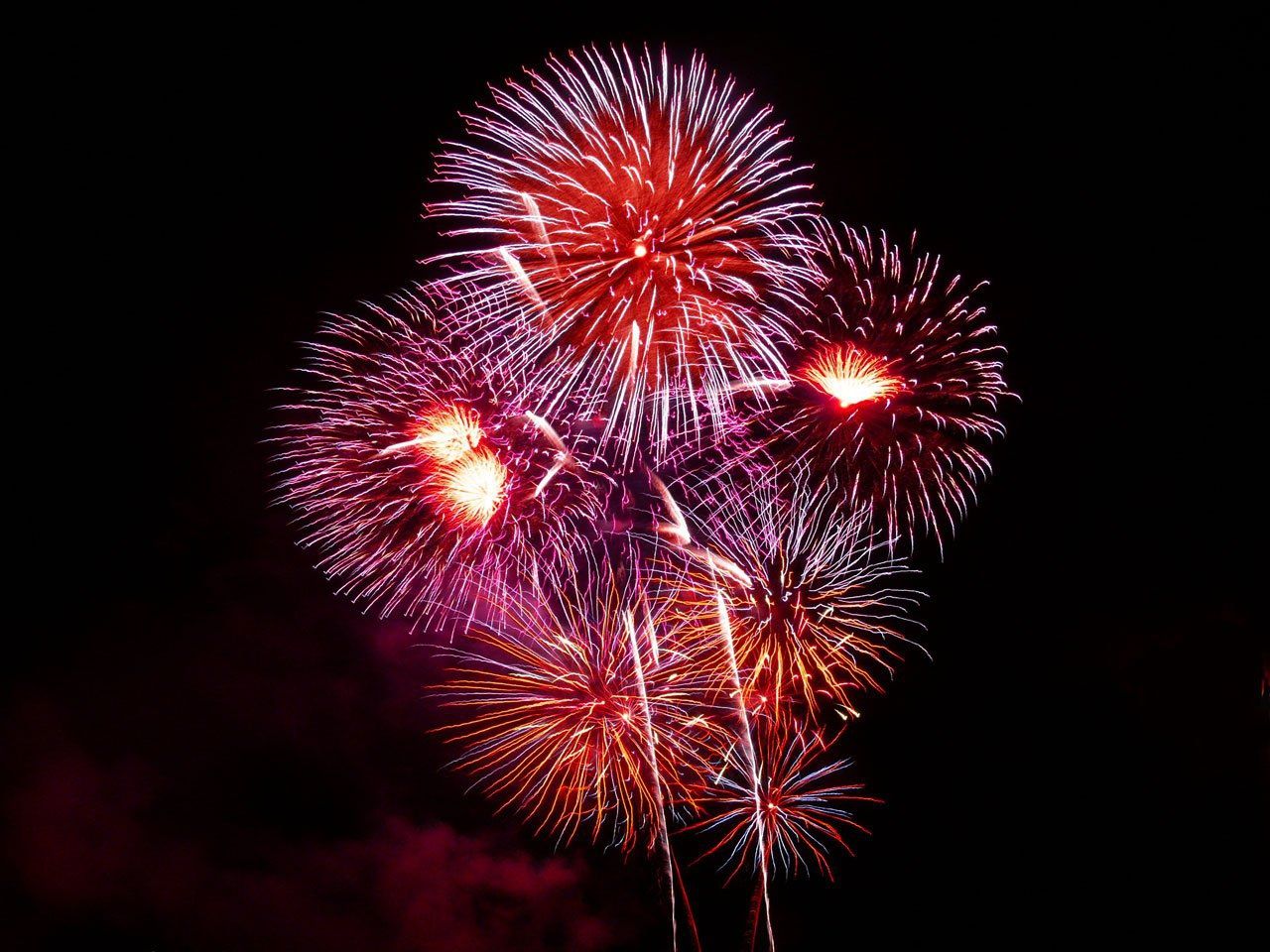"There are many different traditions and customs that are associated with New Year's Eve, and these can vary significantly depending on the culture and location."
New Year's Eve, also known as Old Year's Day or Saint Sylvester's Day, is a holiday that is celebrated around the world on December 31st to mark the end of the current year and the beginning of the new year. It is a time for people to come together with friends and family to celebrate and to reflect on the past year. There are many different traditions and customs that are associated with New Year's Eve, and these can vary significantly depending on the culture and location. Here are some examples of New Year's Eve traditions from around the world:
In the United States, one of the most popular traditions is to watch the ball drop in Times Square, New York City. At the stroke of midnight, a large ball that is adorned with lights is dropped down a pole, and the event is televised live across the country. Many people also participate in the tradition of making New Year's resolutions, which are promises to themselves to make positive changes in their lives in the coming year.
In Spain, it is traditional to eat 12 grapes at midnight, one for each stroke of the clock. Each grape represents a month of the coming year, and it is believed that eating all 12 grapes will bring good luck. In addition to eating grapes, many people in Spain also participate in the tradition of wearing red underwear on New Year's Eve, which is thought to bring good luck and prosperity.

In Scotland, it is traditional to participate in a ceremony called "First Footing." This involves going to the home of a friend or neighbor immediately after midnight, and being the first person to step over the threshold in the new year. It is believed that the first person to enter a home on New Year's Day will set the tone for the rest of the year, and so it is important to choose someone who is lucky or respected. The person who is "first footing" is typically expected to bring a gift, such as coal or shortbread, as a sign of goodwill.
In Germany, it is traditional to light fireworks at midnight to celebrate the new year. Many people also gather around a Christmas tree, which is a symbol of good luck, and sing traditional New Year's Eve songs. In addition, it is common for people in Germany to exchange small gifts, such as sweets or candles, with friends and family.
In Brazil, New Year's Eve is known as "Réveillon," and it is a time for people to come together to celebrate and to reflect on the past year. Many people in Brazil attend parties and dance to traditional Brazilian music, such as samba and bossa nova. In addition, it is traditional for people to wear white clothing on New Year's Eve, which is thought to bring good luck and to symbolize a clean slate for the coming year.
In Japan, New Year's Eve is known as "Omisoka," and it is a time for people to come together with their families to reflect on the past year and to prepare for the new year. It is traditional for people in Japan to participate in a ceremony called "Oshogatsu," which involves visiting a shrine or temple to pray for good luck in the coming year. In addition, it is common for people to eat a special New Year's Eve meal called "osechi ryori," which is a series of small dishes that are meant to symbolize good luck and prosperity.
In China, New Year's Eve is known as "Chuxi," and it is a time for people to come together with their families to celebrate and to honor their ancestors. It is traditional for people in China to decorate their homes with red lanterns and paper cuttings, and to participate in the tradition of setting off fireworks.
@ 2023 Pegasus Publications Inc.

